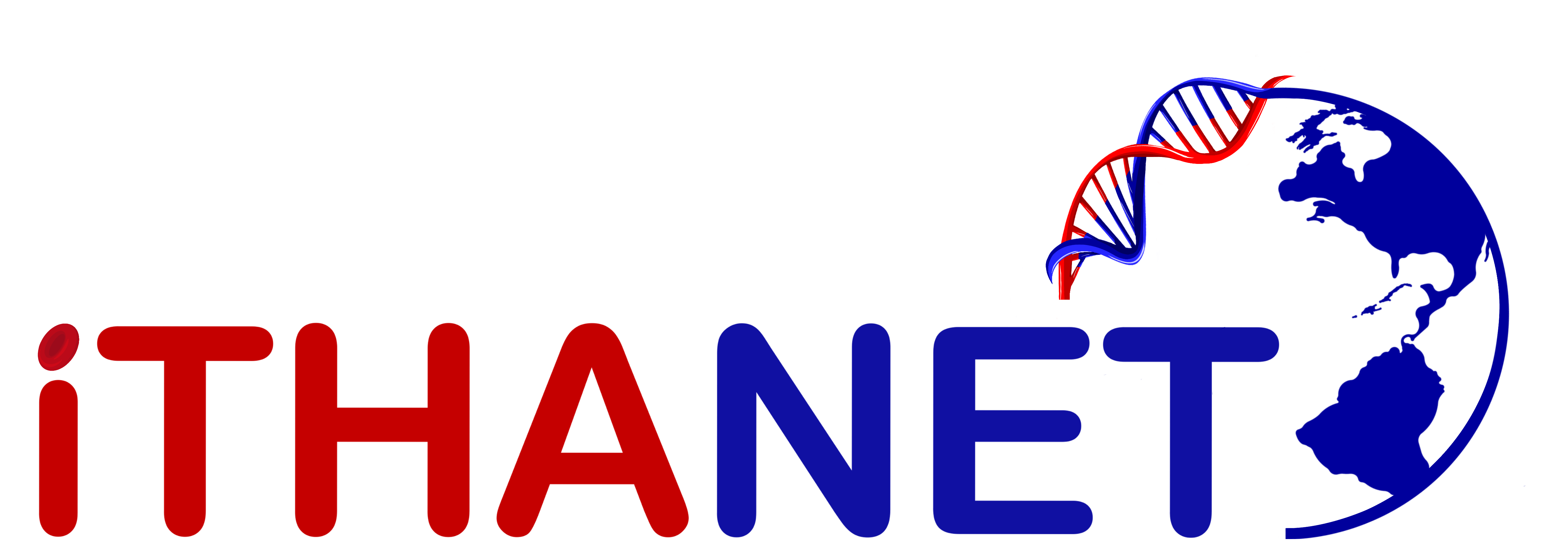IthaID: 900
Names and Sequences
| Functionality: | Globin gene causative mutation | Pathogenicity: | Pathogenic / Likely Pathogenic |
|---|---|---|---|
| Common Name: | CD 28 CTG>ATG [Leu>Met] | HGVS Name: | HBB:c.85C>A |
| Hb Name: | Hb Chile | Protein Info: | β 28(B10) Leu>Met |
| Also known as: |
We follow the
HGVS sequence variant nomenclature
and
IUPAC standards.
Context nucleotide sequence:
CGTGGATGAAGTTGGTGGTGAGGCC [C>A] TGGGCAGGTTGGTATCAAGGTTACA (Strand: -)
Protein sequence:
MVHLTPEEKSAVTALWGKVNVDEVGGEAMGRLLVVYPWTQRFFESFGDLSTPDAVMGNPKVKAHGKKVLGAFSDGLAHLDNLKGTFATLSELHCDKLHVDPENFRLLGNVLVCVLAHHFGKEFTPPVQAAYQKVVAGVANALAHKYH
Comments: The c.85 C>A variant (CD 28 CTG>ATG) is a rare hemoglobin variant caused by a missense mutation in the HBB gene, resulting in a Leu>Met amino acid substitution of the β-globin chain at position β28(B10). While β28 is not known to be a heme contact, it is one turn of the helix from β31, that is a heme contact. Therefore, the introduction of a polar amino acid at this point in the heme pocket may reduce the stability of heme-globin binding and eventually make the globin unstable. On the other hand, it may also alter the hydrophobicity of the heme pocket leading to oxidation of divalent ferrous (Fe2+) to trivalent ferric (Fe3+) in heme. All three known heterozygous carrier cases had high (>1%) metHb levels indicating methemoglobinemia, but their hemolytic anemia showed heterogeneity. The first known case was characterized by chronic cyanosis associated with methemoglobinemia and acute hemolytic anemia inducedby sulfonamides or methylene blue [PMID: 10335980]. The second case presented with chronic hemolytic anemia unrelated to drugs and methemoglobinemia without cyanosis, albeit some slight pallor, and had abnormally low pulse oximeter saturation. The mother had normal pulse oximeter saturation without anemia [PMID: 38110882]. No abnormal Hb band was detected by Hb electrophoresis. Also, Hb Chile could not be separated from Hb A by alkaline electrophoresis, acidic agar electrophoresis, IEF electrophoresis, and weak cation exchange HPLC, and there was one report of a negative isopropanol preciptation assay result. Methemoglobinemia caused by an Hb variant is often detected due to cyanosis or abnormal pulse oximetry readings without obvious signs of hypoxia. Being clinically heterogeneous, Hb Chile is difficult to diagnose. Hb Chile is reported to be an unstable Hb variant causing methemoglobinemia.
Phenotype
| Hemoglobinopathy Group: | Structural Haemoglobinopathy |
|---|---|
| Hemoglobinopathy Subgroup: | β-chain variant |
| Allele Phenotype: | Methemoglobinaemia |
| Stability: | Unstable |
| Oxygen Affinity: | N/A |
| Associated Phenotypes: | Haemolytic anaemia [HP:0001878] |
Location
| Chromosome: | 11 |
|---|---|
| Locus: | NG_000007.3 |
| Locus Location: | 70679 |
| Size: | 1 bp |
| Located at: | β |
| Specific Location: | Exon 1 |
Other details
| Type of Mutation: | Point-Mutation(Substitution) |
|---|---|
| Effect on Gene/Protein Function: | Missense codons (Protein Structure) |
| Ethnic Origin: | American Indian, Chinese |
| Molecular mechanism: | N/A |
| Inheritance: | Recessive |
| DNA Sequence Determined: | Yes |
In silico pathogenicity prediction
Sequence Viewer
Publications / Origin
- Hojas-Bernal R, McNab-Martin P, Fairbanks VF, Holmes MW, Hoyer JD, McCormick DJ, Kubik KS, Hb Chile [beta28(B10)Leu-->Met]: an unstable hemoglobin associated with chronic methemoglobinemia and sulfonamide or methylene blue-induced hemolytic anemia., Hemoglobin, 23(2), 125-34, 1999 PubMed
- Gong Y, Zheng Q, Long S, Chen H, Liu W, Li C, The first Chinese with Hb Chile leading to chronic anemia and methemoglobinemia: a case report., BMC Pediatr, 23(1), 639, 2023 PubMed
